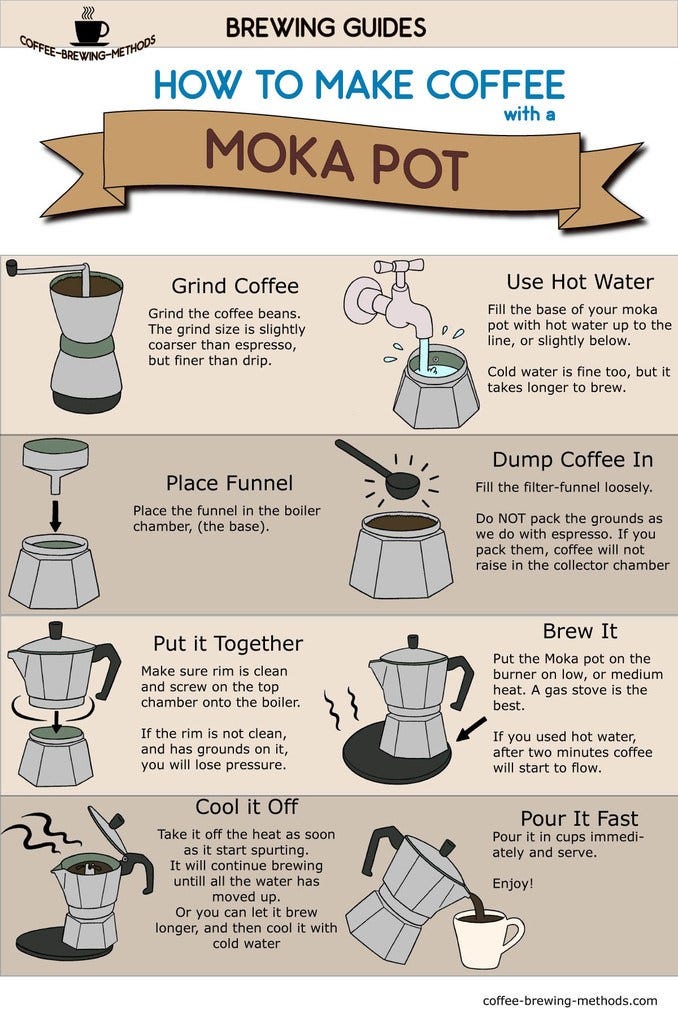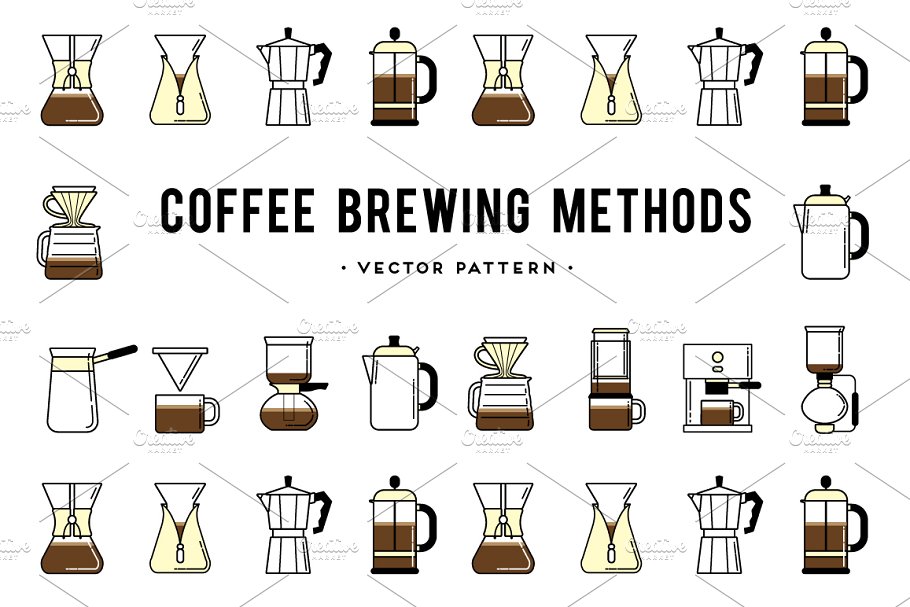Introducing the Science Behind Various Coffee Brewing Methods and Their Benefits
Introducing the Science Behind Various Coffee Brewing Methods and Their Benefits
Blog Article
Checking Out the Art of Coffee Developing: A Comprehensive Overview to Improving Your Mug
The art of coffee developing is a multifaceted self-control that combines science with personal expression, where the choice of beans, water top quality, and brewing approaches converge to develop a refined sensory experience. Recognizing the subtleties of different coffee beans, especially the differences between Arabica and Robusta, is important for any type of aficionado. In addition, the selection of appropriate devices and meticulous attention to brewing specifications can significantly affect the final result. As we check out these elements, one must consider exactly how even minor adjustments can cause profound adjustments in flavor and aroma-- what might these adjustments disclose regarding your ideal cup?
Understanding Coffee Beans
To absolutely appreciate the art of coffee brewing, one should first recognize the fundamental aspect: coffee beans. These little seeds, normally obtained from the Coffea plant, are vital in identifying the taste profile, aroma, and overall high quality of the made drink. Coffee beans mostly fall under 2 groups: Arabica and Robusta. Arabica beans, recognized for their delicate flavors and greater level of acidity, are commonly favored by lovers. In comparison, Robusta beans have a stronger, more bitter taste and higher caffeine material, making them ideal for espresso blends.

In addition, the processing approach-- whether washed, all-natural, or honey-- impacts the beans' last preference. Understanding these components enables makers to choose the right beans that line up with their liked flavor profile, eventually boosting the coffee brewing experience. coffee brewing methods. This understanding is essential for anyone aiming to master the craft of brewing the excellent mug of coffee
Brewing Methods Clarified
Lots of fanatics discover that the choice of brewing method dramatically impacts the last flavor and aroma of their coffee. Each technique takes advantage of various removal techniques, affecting the coffee's character and richness.
Drip brewing, among one of the most prominent approaches, uses a machine to leak hot water through ground coffee, producing a clean and regular cup. French press, on the other hand, submerses coffee premises in warm water, enabling a fuller body and more durable flavor, as oils and great bits remain in the brew.
Pour-over developing supplies a meticulous strategy, where water is by hand poured over coffee grounds, allowing for specific control over removal time and temperature level, resulting in a intense and nuanced cup.
Espresso, a focused coffee brewed under stress, is understood for its strong taste and velvety texture, functioning as the base for numerous coffee beverages, consisting of cappucinos and coffees.
Important Tools Needed
What equipment is vital for making an excellent mug of coffee? The foundation of any successful coffee developing procedure hinges on quality devices tailored to your favored method. A reliable coffee grinder is critical; newly ground beans dramatically enhance taste and scent. Select a burr navigate to this site grinder, which makes certain consistent bit dimension, crucial for optimal removal.
Following, consider your brewing gadget. Choices range from drip coffee makers and pour-over configurations to French presses and coffee makers. Each technique provides distinctive flavor accounts and brewing methods, so pick one that lines up with your preference preferences.
An exact scale is also important, enabling you to measure coffee and water properly, which is important for consistency. Furthermore, a thermostat can help keep an eye on water temperature level, as it directly affects removal top read here quality.
Learning Water Quality
The high quality of water utilized in developing coffee plays a significant duty in determining the final flavor account of the cup. Different factors add to water quality, consisting of mineral web content, pH degree, and overall purity. Ideally, water must be complimentary from contaminants and pollutants, as these can negatively affect the preference of coffee.
Minerals, such as calcium and magnesium, enhance the removal of flavors from the coffee premises, while keeping a well balanced pH degree-- around 6.5 to 7.5-- is essential for optimal extraction. Water that is as well soft may lead to under-extraction, resulting in weak or sour tastes, while excessively difficult water can generate a bitter or severe mug.
For the ideal results, filtered water is recommended, as it minimizes the visibility of chlorine and various other unfavorable substances commonly found in faucet water. Additionally, consider making use of water with an Overall Dissolved Solids (TDS) level in between 150-200 ppm, which is normally optimal for coffee developing. By grasping water top quality, you can lay a solid foundation for achieving a regularly exceptional cup of coffee, permitting the unique attributes of your selected beans to radiate through.

Tips for Taste Enhancement
Enhancing the taste of your coffee can considerably raise your brewing experience and highlight the special nuances of your chosen beans. To attain this, take into consideration try this numerous key factors that affect taste.
First of all, the work dimension plays a critical role. A finer grind boosts removal, resulting in bolder tastes, while a coarser grind returns a milder cup. coffee brewing methods. Change your grind according to your developing approach to attain optimum outcomes
Secondly, trying out brew time. Over-extraction can lead to resentment, while under-extraction cause a sour taste. Aim for a brew time that stabilizes these extremes, usually in between 2 to 4 mins, relying on your approach.
In addition, temperature is a vital element. Developing with water that is also hot can scorch the coffee, while water that is too cool might fall short to draw out appropriate flavor. The ideal temperature level array is 195 ° F to 205 ° F(90 ° C to 96 ° C)
Verdict) )))) In verdict, the art of coffee developing is a multifaceted method that calls for a deep understanding of different elements, consisting of bean choice, brewing methods, and water quality. Proficiency of essential equipment and focus to information in grind size, make time, and temperature level are vital for accomplishing ideal removal. By integrating these elements, coffee enthusiasts can elevate their developing methods, resulting in a mug that not only satisfies individual preferences yet likewise showcases the rich intricacy of coffee tastes.
The art of coffee brewing is a diverse technique that merges science with personal expression, where the selection of beans, water quality, and developing approaches converge to develop a polished sensory experience.To really appreciate the art of coffee brewing, one have to initially understand the fundamental aspect: coffee beans. Developing with water that is too hot can burn the coffee, while water that is also amazing might fall short to extract sufficient flavor. In verdict, the art of coffee developing is a complex practice that requires a deep understanding of different components, consisting of bean option, brewing methods, and water high quality. By integrating these components, coffee enthusiasts can elevate their brewing techniques, resulting in a cup that not just satisfies personal preferences however additionally showcases the rich complexity of coffee tastes.
Report this page